Along the Mekong River through southern Laos are temples, waterfalls, rice fields with rich natural scenery. People's lives are also slow and simple.

The sleepy riverside town of Pakse is the starting point for any tour along the Mekong River in southern Laos. Perched high above is Wat Phou Salao, a picturesque hilltop temple. The temple is surrounded by thousands of islands on the winding river.
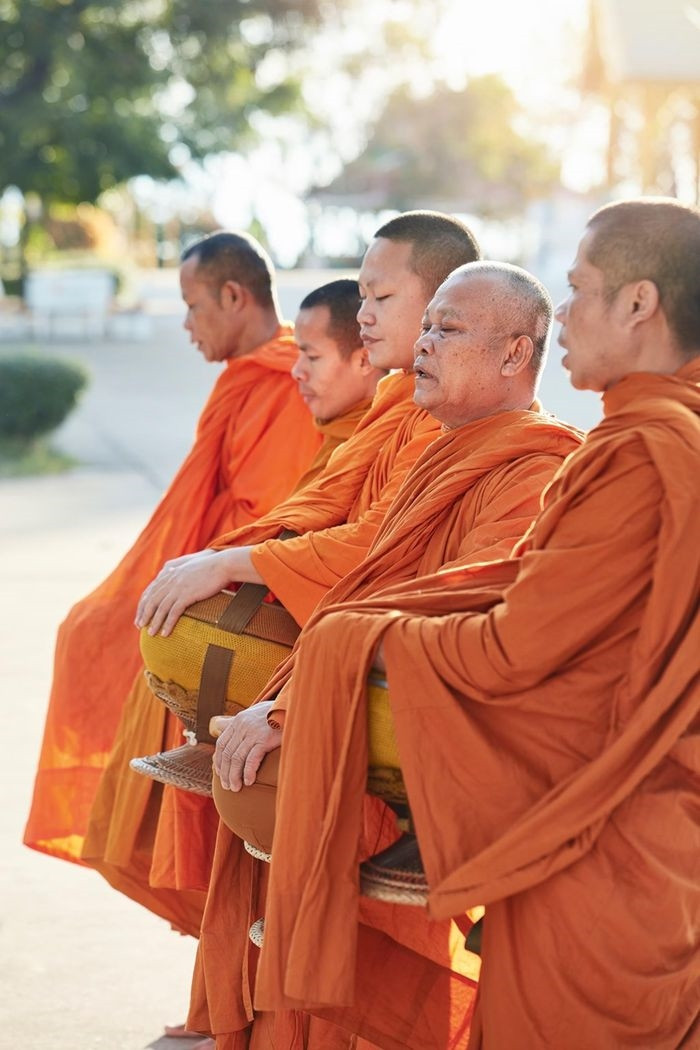
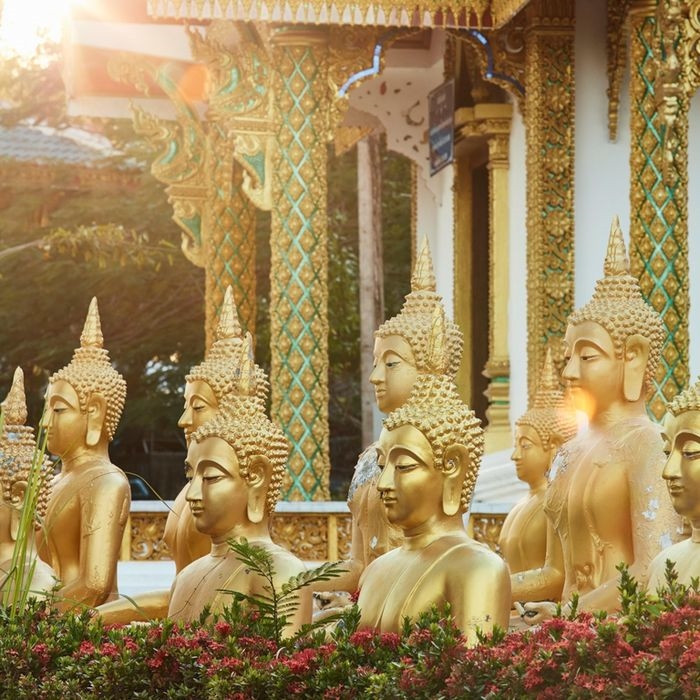
The day begins with chanting by monks. The monks then collect sticky rice and other sweets donated by locals. The temple is surrounded by golden Buddha statues. Inside, the scene retains the timeless, mysterious sanctity of Southeast Asian Buddhism.

Further along the river is the Bolaven Plateau, a volcanic region with a temperate climate next to the vast Mekong River. It produces much of the country’s food, including rice and vegetables. Coffee crops are also a feature of this majestic plateau. The Jhai Coffee Farmers’ Cooperative is a typical small-scale coffee grower and roaster found on the Bolaven Plateau. There are also numerous small cafes to visit.
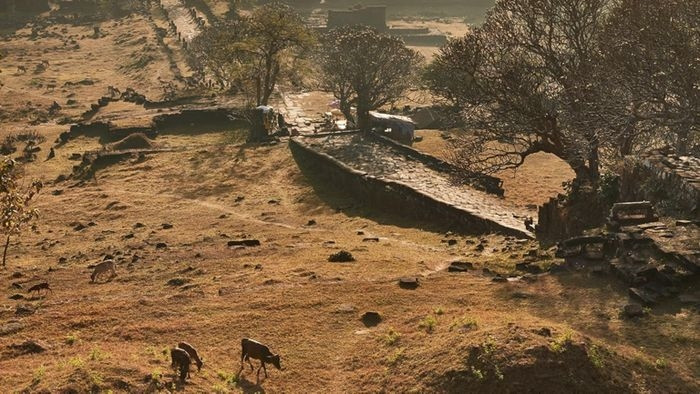
Across the river in Champasak province is the oldest and most sacred temple in the area: Wat Phu. It was built around 1,000 years ago, around the same time the Khmer empire built Angkor Wat, just across the border in Cambodia. Despite its historical significance, some grazing cattle still live here today.
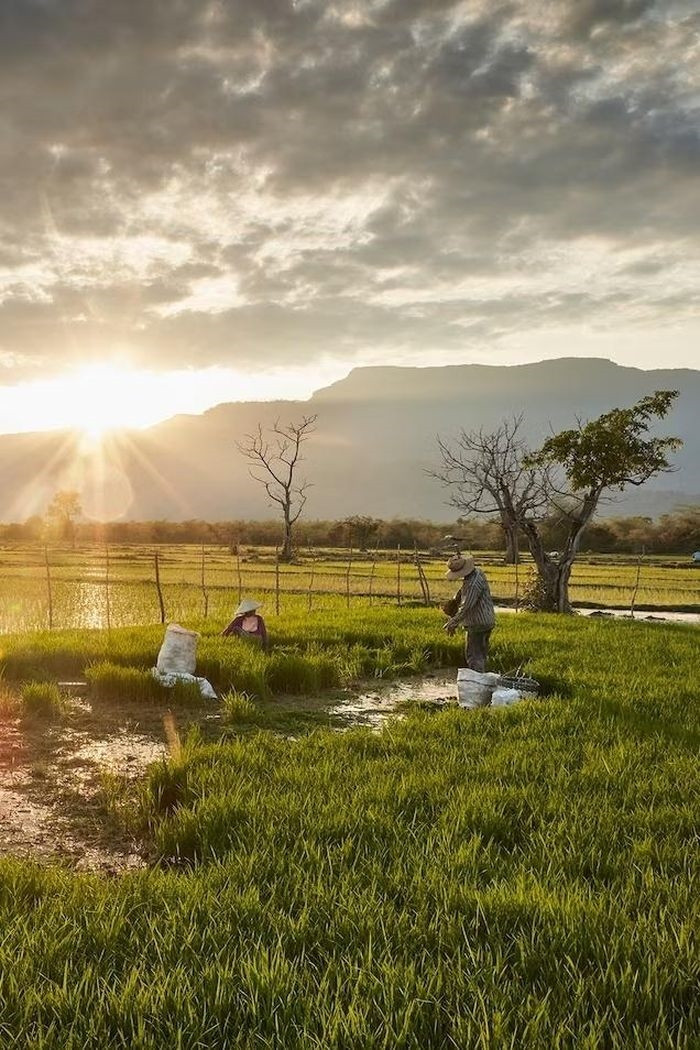
The Mekong River is the main artery of southern Laos, providing food and livelihood to the people of the region. Here, people work in a rice field fed by the river.
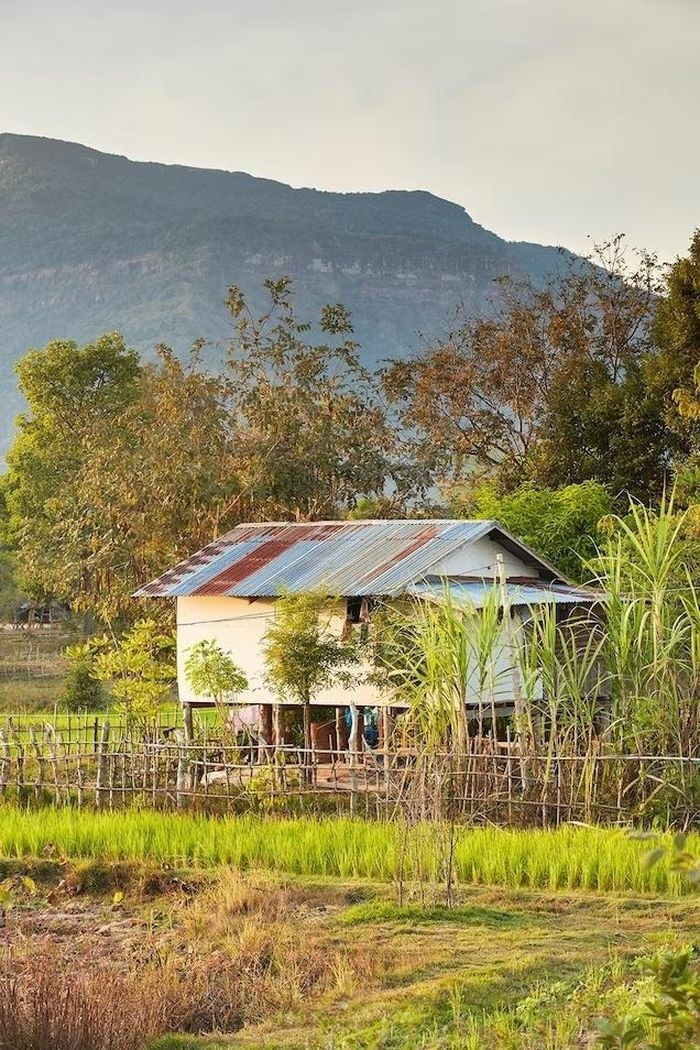
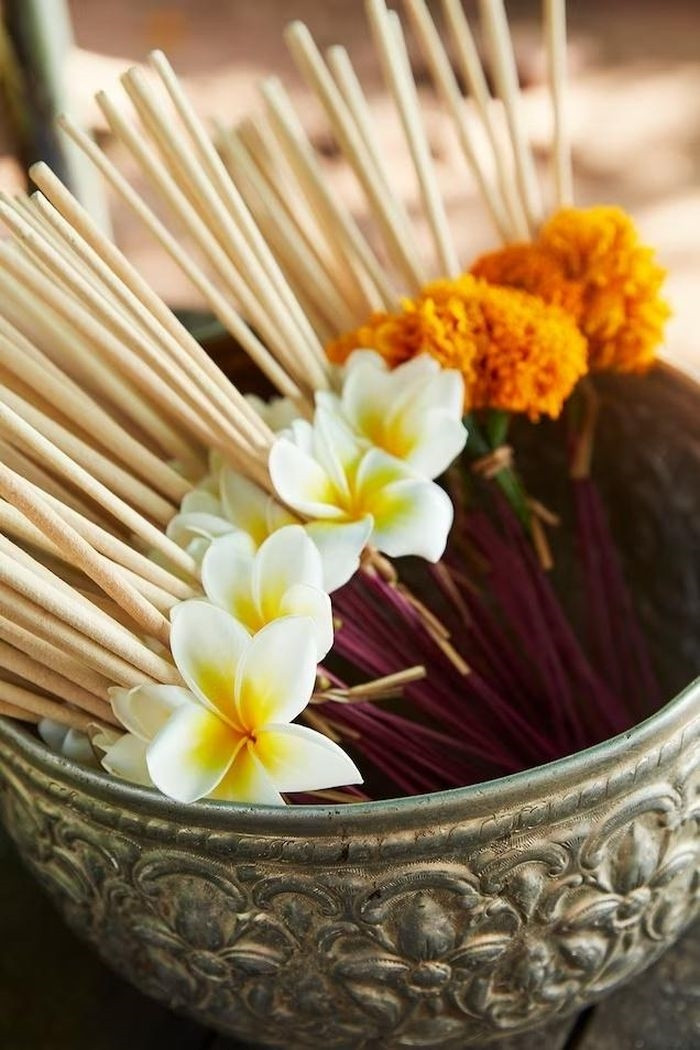
In Champasak, farmers live in houses perched high above the rice paddies along the river. Every year during the rainy season, when the river bursts its banks, water floods the low-lying fields. From there, nutrients from the water seep into the soil, making the rice grow even more. Outside the Mekong-fed fields of Wat Phu are ornate stone shrines. They feature images of religious deities. After praying, visitors can leave a few frangipani flowers.
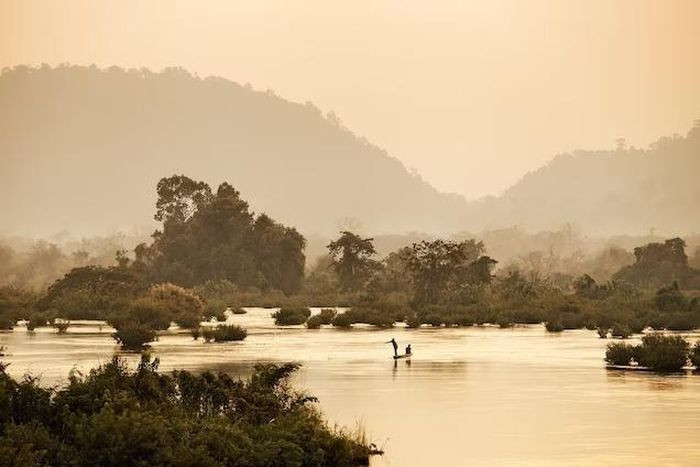
From traditional boats, tourists can easily see fishermen casting nets to catch seafood. In the far south, near the border with Cambodia, the Mekong seems to change its nature. It is no longer a river but many branches that form a network of 4,000 small islands known locally as Si Ohan Don.
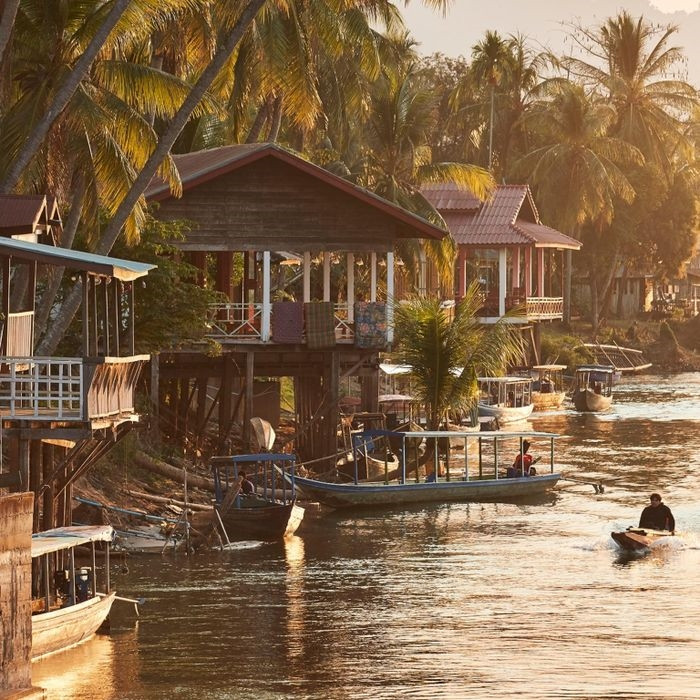
Life on the islands is peaceful and slow. When the sun sets, the landscape is dressed in a lyrical orange. With its cool waters and abundance of nature, Don Det Island is an ideal resting place for many tourists who want to stay for a few days.

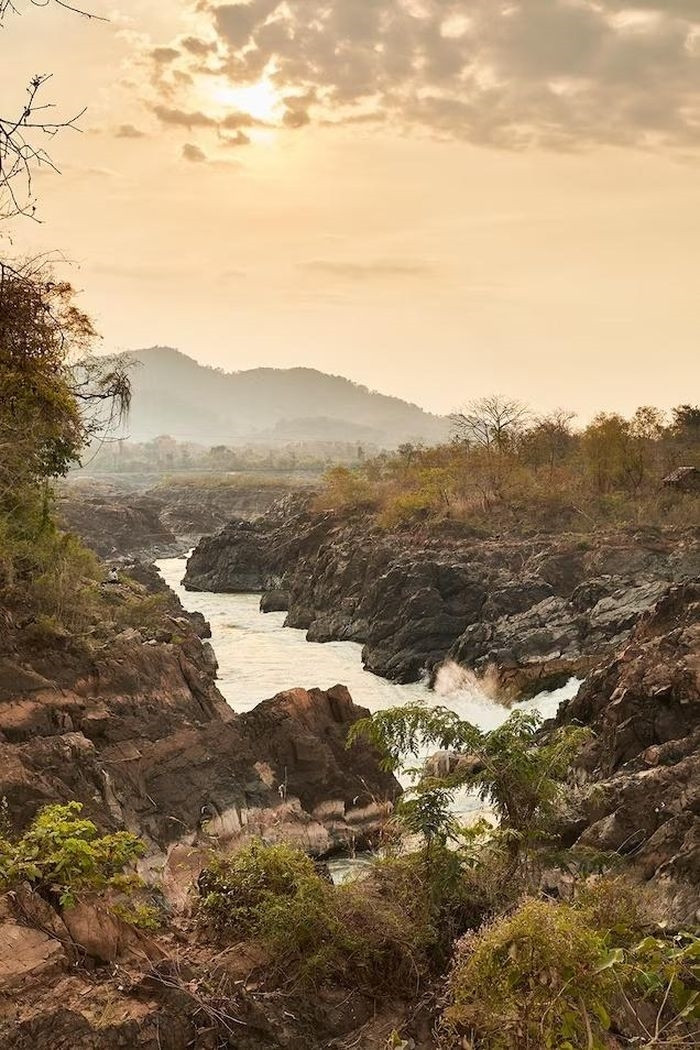
On the left is the sun setting on Don Det. Kataiy, a local fisherman living in the delta, is spending his time repairing his fishing boats. He usually dries the seafood and sells it at the local market. On the right is the spectacular Li Phi waterfall at the southern tip of the islands, which forms the border between Laos and Cambodia. The journey ends here because the rapids nearby act as a natural barrier, preventing visitors from continuing further by boat.
According to Zing